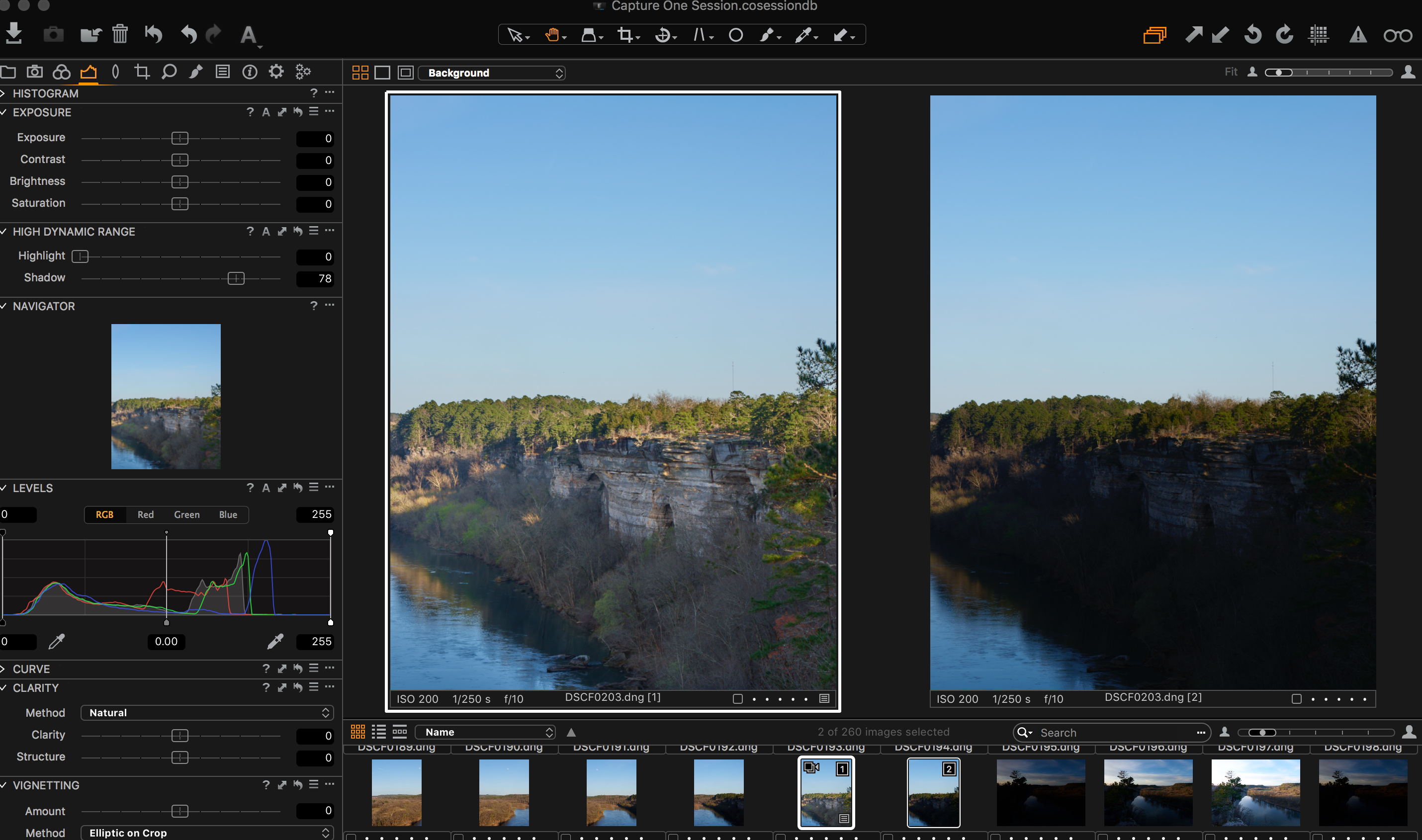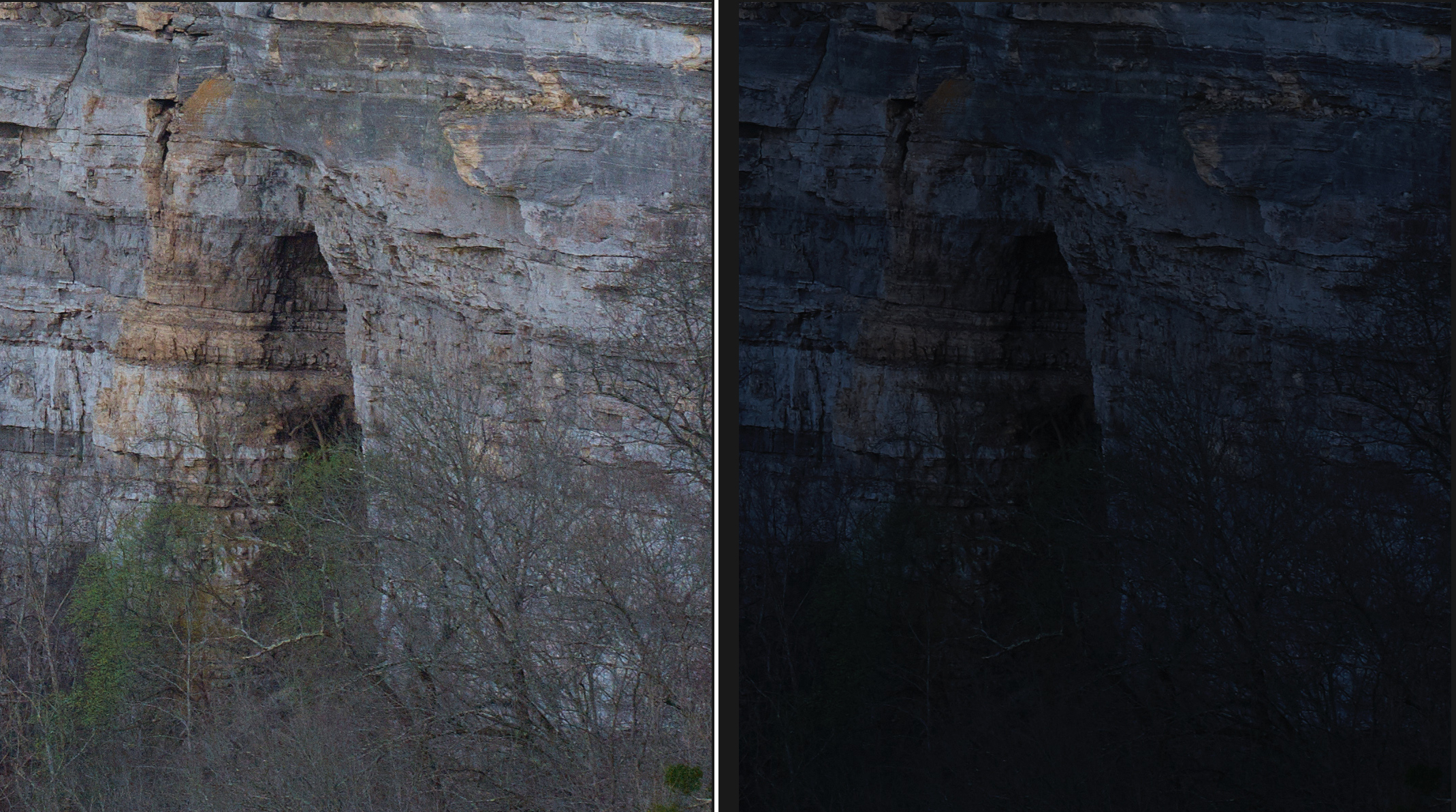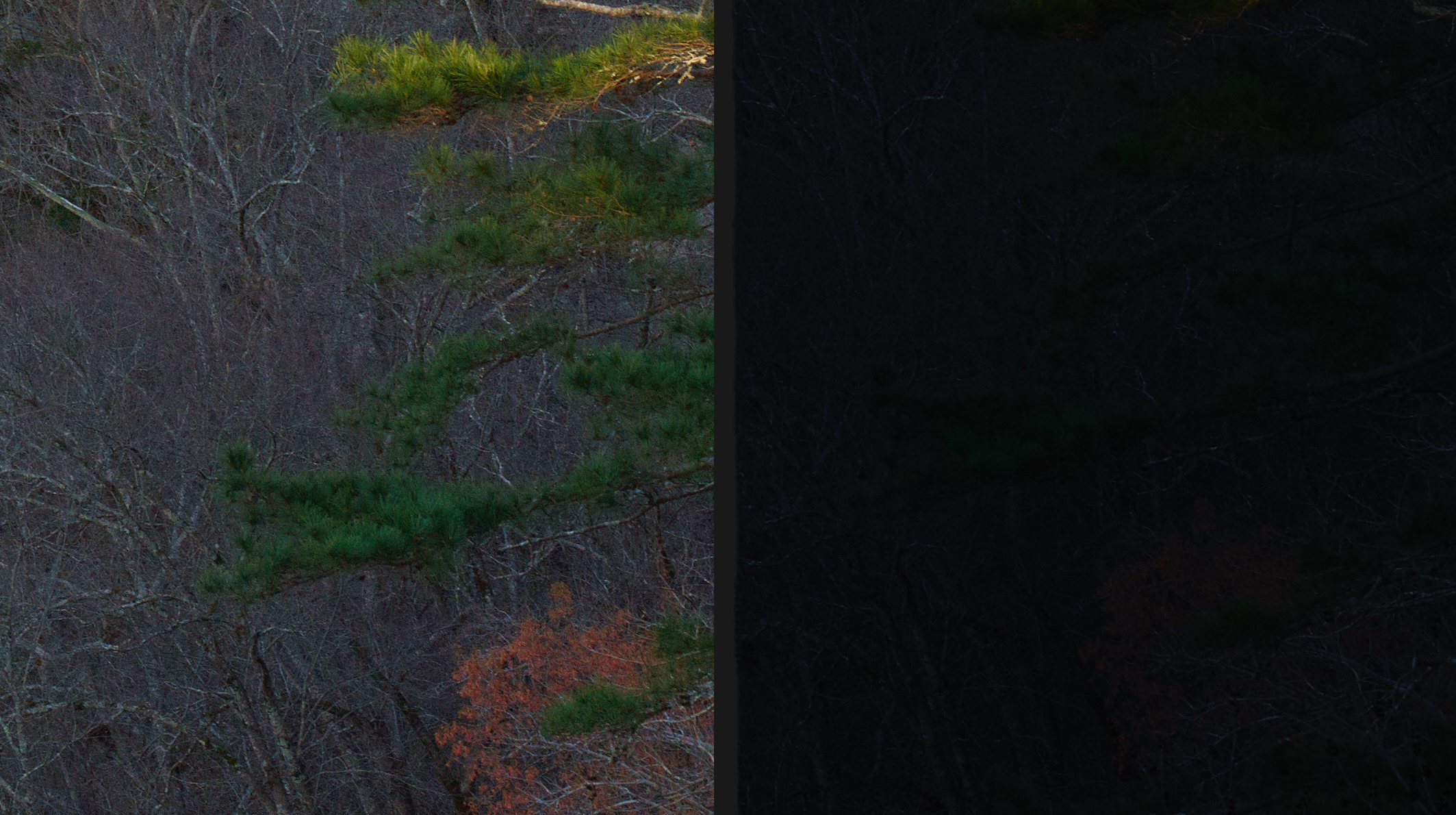I noticed this post in Fuji-Rumors today: Fuji Rumors and Fuji UK Sales Manager comments
On reading this post, I had to ask myself, is this the same person who told a group of UK photographers 1 week before the 02/28/17 release of the GFX that Capture One would support the GFX? A similar story was told to a group of photographers in Dubai also about 1 week before the UK Sales Manager made his comments. I had to write about this, as I feel that the situation between Fuji and Phase One (who makes Capture One) was very poorly handled.
I have to believe that Fuji was having conversations with Phase One on getting Phase to add support for the GFX in a future release of Capture One (C1). My assumptions are based on the following:
- As soon as images of the GFX started to show up on the web, there were many shots of photographers using a GFX while tethered to a computer running C1.
- Many of the photographers that had the GFX while under a non-discloser agreement (NDA) made comments on their various blogs that C1 “would” support the GFX.
- At least 3 Fuji officials made public comments in early sales roll out meetings that Capture One would support the GFX, several of these comments were captured on video.
- Fuji currently doesn’t have a very good tethering solution, and C1 and Phase One are considered state of the art for tethering.
- Since the GFX sensor was not designed with Fuji’s x-trans filter array, it would have been easier for Phase One to add support for the GFX since Phase One already uses the same 50MP Sony sensor in several of their own digital backs.
In the past Fuji has given users a scaled back version of Silkypix which is a very limited piece of software and no ability to upgrade to the full license of Silkypix for a discounted price. Now with the release of the Fuji GFX, it’s a clear fact that Phase One will not be supporting it with C1. In the past Phase has made a point of not supporting other medium format cameras as they see them as competition. However Phase currently has no mirrorless platform and their IQ150 (which is the lowest priced back using the 50MP Sony chip), is still close to two times the price point of the Fuji GFX. Long term this will effect sales for P1 but not immediately. Phase did agree to work with Sony to make a special pro version of C1 which supports the various Sony mirrorless 35mm cameras and provides a great tethering solution.
From reading various notes, blogs, and on-line reviews, I have no doubt that Fuji was having some conversations with Phase One in regards to getting support for the Fuji GFX. Fuji executives have mentioned that the conversations broke down and they did not see anything coming soon. I have to feel that all of the Fuji Sales Managers in the field who felt it was OK to state that the support would a done deal was a huge mistake and a poor example of how to handle a possible future deal. Once the fact that Fuji and Phase One were talking, local U.S. Phase One dealers became very adamant that NO THIS WOULD NOT HAPPEN, PHASE ONE WILL NEVER SUPPORT THE GFX. The fact that Fuji corporate executives and Phase executives may have been trying to work out a deal was not something that local U.S. dealers would possibly not been aware of. However after word leaked about possible Phase One support for the GFX U.S. dealers may have added pressure to Phase One to see that no deal between Phase One and Fuji could happen.
For Phase One, this is not a big deal. They will continue to sell their high end and very expensive digital backs to the photographers that can afford them. But for Fuji I see it as a huge loss. Fuji currently has a few software solutions for raw conversion; Iridient Developer, Lightroom/ACR, and Silkypix. None of these have a very good tethering solution and studio photographer want this. As a landscape photographer there are times prefer to work tethered also. Each of the raw converters I have references all have some issues.
Lightroom/ACR
Adobe tends to make one pass on a raw conversions and they either get it right the first time or you get a less than perfect conversion. Currently the Lightroom conversion has problems with high ISO images from the GFX. As you get past ISO 1600, you will start to see more noise, a red cast to the files and color/detail smearing. It’s possible that Adobe will never re-visit this conversion for years.
Iridient Developer
While Iridient has an excellent raw conversion, I did not find that their dng conversion was that good for the GFX files, unlike their similar conversion for the Fuji X-T2 which is excellent. Iridient’s conversion while good still is limited by the lack of image adjustment tools that both Lightroom and Capture One have. Both of which allow you to work on your image as a raw file not a tif. I doubt that Iridient will ever be able to approach the tools that Lightroom or Capture One offer.
Silkypix
Where do I start?, Silkypix is made in Japan, the English translation in the interface is less that stellar and their help is about the same. Silkypix is lightyears behind Lightroom or Capture One in how image adjustments can be used. Even with Silkypix Vr 8 the software leaves a lot on the table. The version of Silkypix that ships with the GFX is not even the full version of the software, and is dialed back, disabled version. Basically it will convert a raw file to a tif, and that is it. This has been the way the Fuji has handled raw conversion as long as I can remember.
With Lightroom Fuji has a start on a good process, but there is no reason to believe that Adobe will continue to improve the raw conversion demoacsic, which is the real key. If Fuji had been able to work out a deal with Capture One they would have had a wonderfully powerful solution and a huge competitive edge over Hasselblad and the X1D. For now Capture One has a vastly superior raw conversion of the Fuji GFX files especially if they are taken at ISO ranges past 1600. I still have to believe that some of the Fuji Worldwide Sales Manager should have kept quiet about the possibility of Fuji and Phase working out a deal.
Paul Caldwell Photography






Recent Comments